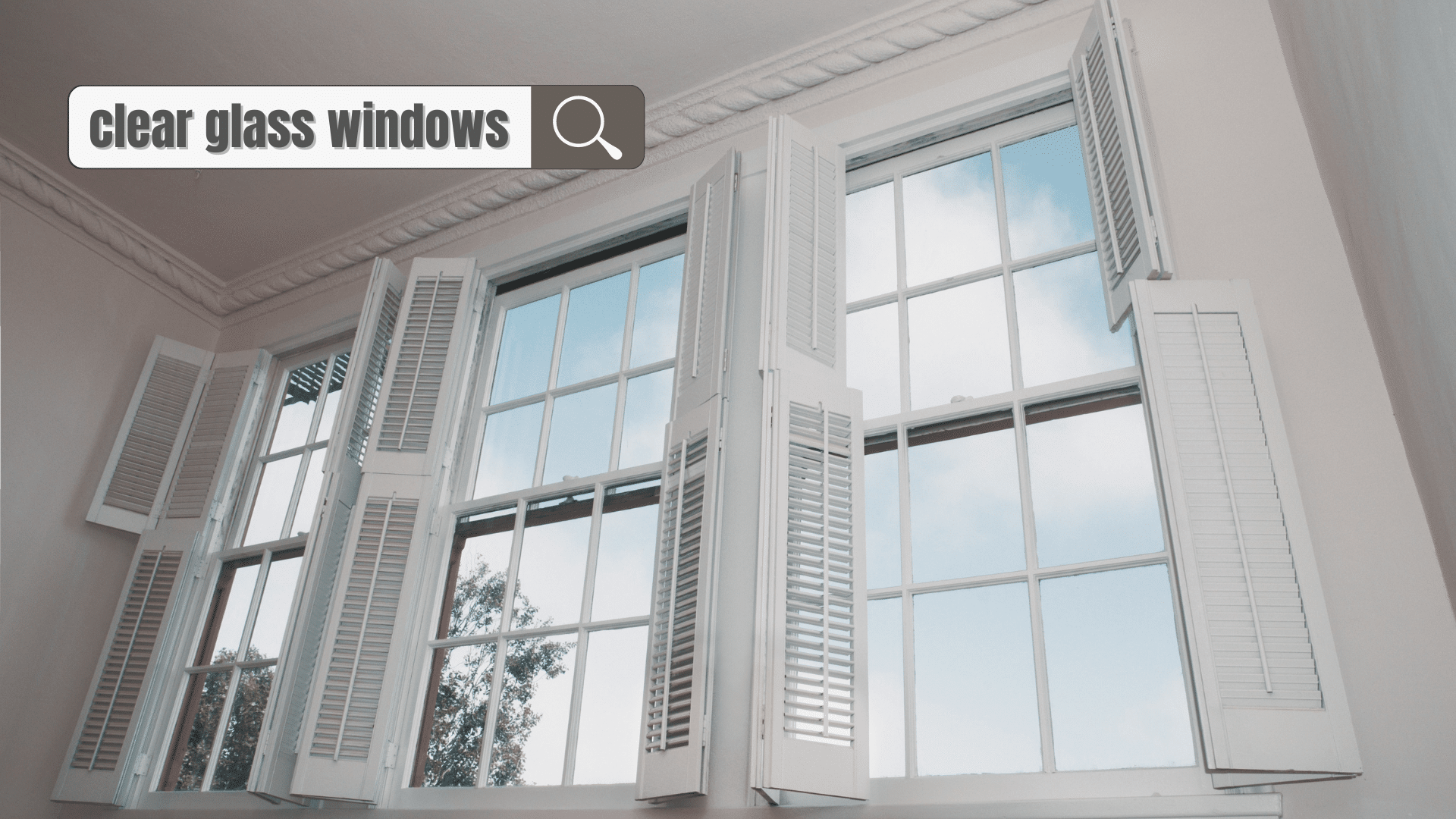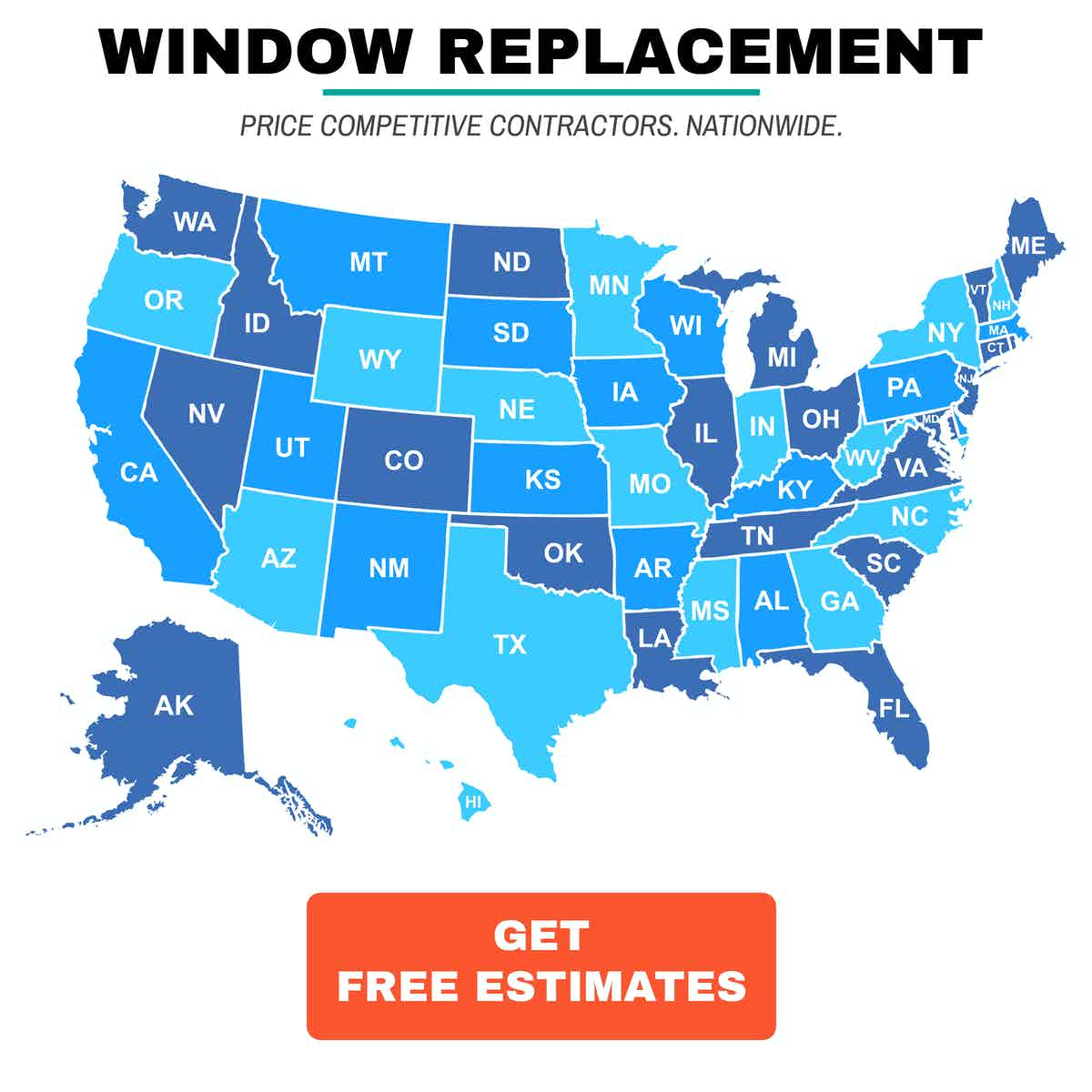Does your heating or cooling system need to constantly run? One of the possible reasons that you have a high monthly energy bill is your windows. Underperforming windows don’t only produce more drafts, let noise in, or are more inefficient, they also increase your energy waste.
That’s why homeowners are adding replacing drafty windows in their home improvement list. Other than the type of replacement windows, most homeowners are faced with another dilemma - whether to get a Low-e window or a clear glass one. If you’re not sure which one to get, continue reading to find out which one is better suited for your home.
Low-E Windows
Low-E, which is short of the term ‘low emissivity,’ is a thin coating that is virtually invisible to the naked eye. It is made out of metallic oxides such as silver, tin dioxide, silver, or other metals, which are applied or sprayed onto the glass of a window. This material helps reflect heat by either shifting it away or reradiating it from the surface. It will then minimize the amount of heat as well as damaging rays from getting into your home.
Not only does it retract the amount of heat, but it can also keep out the cold. It can do so by reflecting the heat from the inside into the house. That’s why it works against both climates, which means areas that experience extreme temperatures can be comfortable all year long.
Low-e windows also reduce the amount of infrared and ultraviolet light that can pass through the glass. If you’re worried that it will affect the natural lighting getting inside your home, it does not compromise the visible light that passes through. It is designed to reduce and block the heat from the sun, so if you’re growing an indoor garden, you don’t have to scratch this type of window out of your options. But keep in mind that it will still reduce visible light compared to clear glass windows.

With these benefits, Low-e glass windows can offer potential savings from energy bills by reducing the usage of heating and cooling systems. In the long-run, it will also improve energy consumption, which can reduce your expenses and make it better for the environment. It also makes your homes more comfortable, and helps control glare and manage daylight.
But not everyone likes Low-e windows. One of the reasons homeowners prefer to use clear glass windows instead is because the green tinge is more visible in Low-e windows. Almost all window glasses have a green hue, especially the expensive and thicker ones. It is noticeable if you look at it from the edge of the glass, but the green tinge is more apparent with Low-e windows, especially against white frames or shutters. They also affect the outward view. Some have mentioned that it makes the sky less blue, even during a sunny cloudless day. While the tinge is noticeable, at least Low-e windows don’t have an added smoke colored-tint, haze, or bronze. (Related: Expert Answers To Your Questions On Low-E Glass)
Clear Glass Windows
The most common type of window used is clear glass. Windows provide a view, and most homeowners want it to be unobstructed. Clear glass windows are completely transparent and don’t have any color or tints added. It also comes in a variety of thicknesses, which will affect how effective the window is in reflecting heat.
For a single-pane clear window, it will absorb a lot of heat from the sun and keep it inside the house, which will make the cooling system run harder. This will make it harder to retain air conditioning as well as make your home more uncomfortable.

For better insulation, you can get a double-pane clear window. These are two pieces of glass combined to create a windowpane. Between these two layers, there is airspace, which is airtight to prevent condensation and provide insulation.
Homeowners prefer clear glass because it provides a better view and allows more visible light to pass through. The glass also has a more neutral color, but it may still get a green tinge when it is thicker.
👉 Ready to get free estimates for your window replacement project? We work with a network of price competitive window replacement contractors! Go here to get Free Estimates For Your Window Replacement Project from the Home Improvement Cents network.
Factors to Determine When Looking for a Window
Both windows can be rated energy efficient, which will be determined by their visible light transmittance, U-factor, and solar heat gain coefficient or SHG.
The visible light transmittance or VT is used to measure the amount of light that you can see or that can pass through the glass. Thicker windows or more layers of Low-e coating will allow less natural light to pass through. Uncoated and single pane glasses have a higher VT, which means more visible light enters while the rest is reflected.
For thermal performance, the U-factor is used. This value measures how well the glass of the window can prevent the heat from escaping and the amount it allows to enter or pass through. It doesn’t just consider the glass but other components as well, such as the sash and frame. A lower U-value means that the glass is more energy-efficient, more resistant to heat flow, and has better insulation. A lower U-factor is also better for cooler climates.
The solar heat gain factor or SHG is a measurement that expresses the amount of solar energy that the glass absorbs. It shows how the glass performs at cooling heat gains when it transmits solar radiation. The lower the value, the less radiation the glass is able to absorb. A low solar heat gain coefficient is better for warm climates to maximize energy efficiency. Unlike the U-value, which can be low for both temperatures, colder climates will need higher SHG to reduce their heating bill.
Which Window Is Better?
Without the factors, you can just ask yourself: aesthetics or function? Which factor is more important to you? If you prefer a window that doesn’t have a noticeable green hue, then you should go with a clear glass window. For more energy savings, it would be better to get Low-e windows.
But if you do care about the factors, then you have to consider the different Low-e coatings and your climate. Low-e High Solar (HS) gain is better for areas that have hotter temperatures. On the other hand, Low-e Low Solar gain is better for colder ones. If you need both, there is also Low-e Medium Solar gain for areas with both extreme temperatures.
For clear glass, it has a good SHG coefficient but a low U-value. This is recommended if you want to allow more heat to get into the house. But since it has a low U-factor, the heat will not retain inside, especially when the sun is not shining on the glass.
If you’re ready to get your window replaced and in need of a professional, I run a referral network of pre-screened contractors. We cover nearly all markets in the United States. There are no obligations and I think you'll find my partner contractors are more responsive and professional than most. Try it by clicking the ‘Get Free Quotes’ button below!
How To Get The Best Prices On Window Replacement
Avoid Google.
Seriously. The contractors you find on Google get a lot of business and often develop the "I'm busy, here's my price, take it or leave it" attitude.
A better option is to utilize a network of price competitive contractors.
Submit your estimate request, and local contractors contact you to compete for your business. This puts you in the drivers seat!
After submitting your quote request, you'll be contacted by a few of their local contractors, who are eager to earn your business!
(Related: 11 Questions You Need To Ask Your Window Replacement Contractor)

